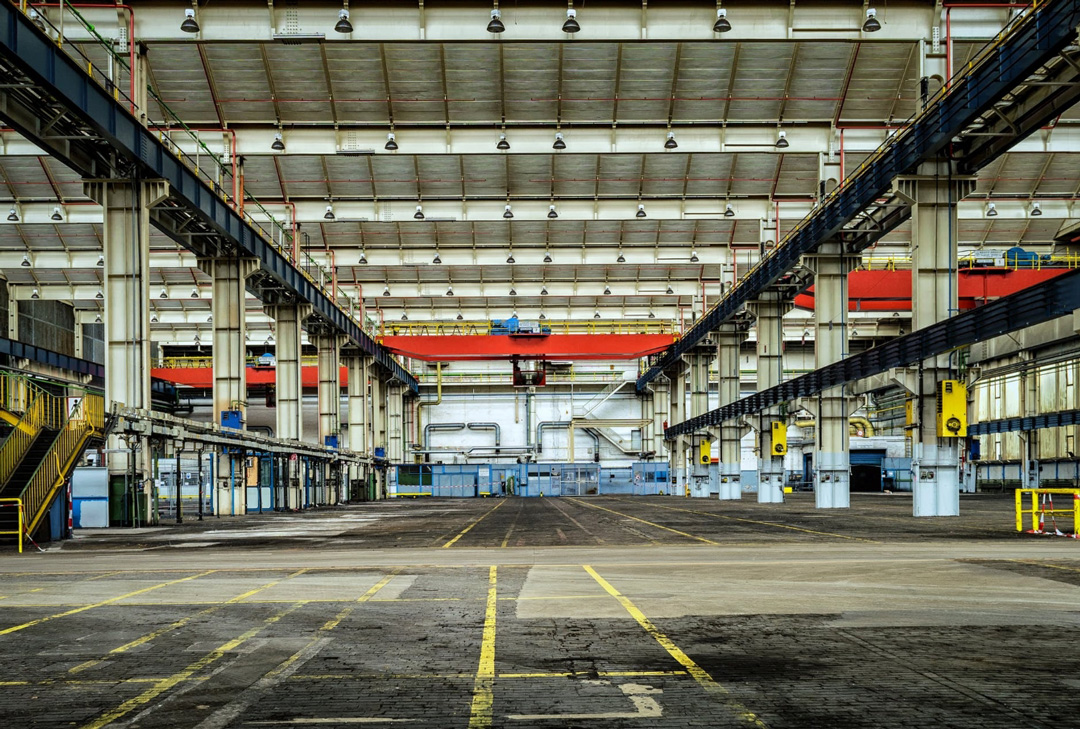 “Circular Europe” Study by Enel and The European House – Ambrosetti
“Circular Europe” Study by Enel and The European House – Ambrosetti
Enel’s Circular Europe study together with The European House – Ambrosetti analyses the state-of-the-art of the circular economy in Europe, considering all the macro-dimensions of the phenomenon.
The study estimates the economic, social, and environmental benefits associated with the transition to a circular development model in the European Union and Italy, Romania, and Spain.
Some data about benefits in the European Union
- The Circular Economy in the European Union is related to 300-380 billion euros of Gross Domestic Product, 90-110 billion euros of investment
- Up to 2.5 million jobs in 2018
- The Circular Economy generates important environmental benefits, arising from the use of renewable energy and materials or from reuse and recycling, from a circular design, from the extension of useful life and the increase in the intensity of the use of goods and products.
“Circular Economy is an extraordinary opportunity to make Europe more competitive, modernising its economy, revitalizing its industry and creating jobs through sustainable and long-lasting growth,” commented Francesco Starace, CEO and General Manager of Enel.
The innovative Circular Economy Scoreboard developed by the Enel Foundation and The European House – Ambrosetti in collaboration with Enel and Enel X, highlights a very heterogeneous situation at European level.
Italy and Spain have a medium-high level of development:
- Italy excels at the product’s end of life, it has a good positioning in the use of sustainable inputs and extension of the useful life of products, while it must strive to increase the intensity of use of products and services
- Spain has a good positioning for the use of sustainable inputs, end of life and increased intensity of use, while it has a medium-low positioning in the extension of the useful life of products and services
- Romania, on the other hand, is facing a substantial growth path on all four pillars.
Although the evaluation model proposed by the study shows that the transition to the Circular Economy offers a variety of economic, social, and environmental benefits, the transition from a linear to a circular development model must take into account some critical issues.
The Report suggests 10 areas of intervention, with specific policy actions, to address the challenges related to the circular transition and to reap the benefits effectively:
- Define national strategies for circular economic development for the Member States of the European Union
- Re-define the governance of the Circular Economy to support a 360° transition across all sectors
- Leverage legislation to promote the circular transition; competitive conditions with respect to non-circular solutions
- Use finance as a lever to promote R&D and good practice in the Circular Economy
- Deal with the lack of a clear definition and homogeneous and comprehensive metrics
- Transform waste-generating business models into circular models
- Promote cross-cutting and coordination measures for all sectors affected by the transition to the Circular Economy
- Leverage the Circular Economy to rethink cities and urban spaces
- Promote culture and awareness about the benefits of the Circular Economy.





